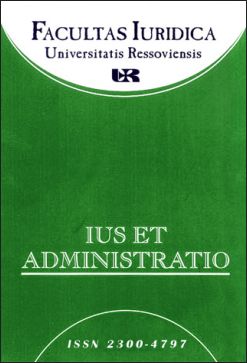“Imposition of detention on remand after the amendment of the Code of Criminal Procedure of 11 March 2016.”
Keywords:
Criminal proceedings, detention on remand, access to the case-file at the pre-trial stage of the criminal proceedings, the European Court of Human RightsAbstract
The amendment to the Code of Criminal Procedure of 11 March 2016 has introduced significant changes to the rules governing the application of detention on remand in criminal proceedings. This article contains critical analysis of these changes. It concerns two important issues: 1) rules governing access of the detained suspect and his defence lawyer to the case-file of the pre-trial stage of the proceedings and 2) grounds for the application of this preventive measure, indicated in Article 258 § 2 of the Code of Criminal Procedure. Both issues are analysed in terms of the standards laid down in the jurisprudence of the Polish Constitutional Court and the European Court of Human Rights. With refernce to the first issue the Author concludes that the new rules concerning access to the case-file at the pre-trial stage of the proceedings are not compatible with the requirements of “equality of arms” stemming from Article 5 § 4 of the European Convention on Human Rights. Grounds for detention on remand indicated in the new Article 258 § 2 of the Code of Criminal Procedure are assessed as compatible with the Convention. However, the Author underlines that Article 258 § 2 of the Code of Criminal Procedure may
Downloads
Downloads
Published
How to Cite
Issue
Section
License
Copyright (c) 2016 Ius et Administratio

This work is licensed under a Creative Commons Attribution-NonCommercial-NoDerivatives 4.0 International License.

